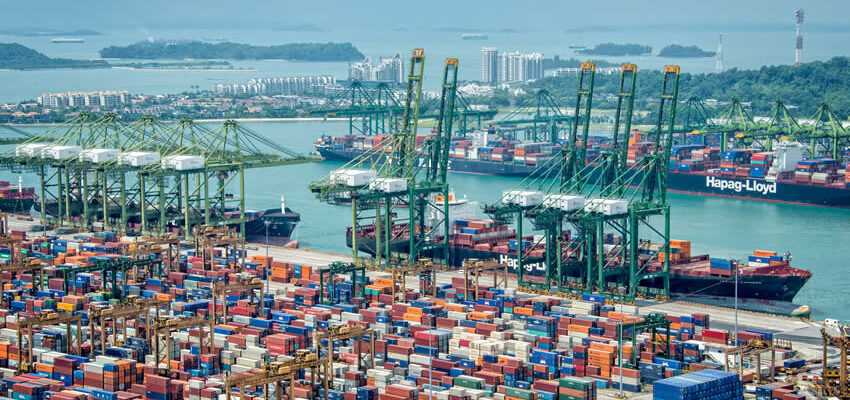BOAO, China, April 20 (Reuters) – China remains on track to meet its growth target of around 5.5% in 2022, despite the COVID-19 outbreak plaguing the country, as it has plenty of leeway when it comes to its support measures, economists tasked with advising the government said on Wednesday.
“The goal is achievable despite the pandemic,” said Zhang Yuyan, director of the Institute on International Economics and Politics at the Chinese Academy of Social Sciences, an influential think tank.
“There is still room to cut interest rates, bank reserve requirements and adopt a more proactive fiscal policy,” he told reporters at the annual Boao Forum for Asia. .
The inflation outlook remains weak, which could give the People’s Bank of China (PBOC) more leeway to ease monetary policy, the economist said.
Xiong Aizhong, also an economist at the Academy of Social Sciences, said that compared to other major world economies, China has more room to maneuver given the “relatively low inflation and debt burden Chinese”.
The International Monetary Fund (IMF) and several foreign banks have lowered their growth forecasts for the world’s second-largest economy due to war in Ukraine and a surge in new COVID-19 cases, mostly in the financial hub of Shanghai.
In the latest edition of its World Economic Outlook, the IMF now expects growth of 4.4% in 2022 against 4.8% in January.
The Singaporean bank DBS has revised its forecast for gross domestic product to 4.8% against 5.3% previously for this year while Barclays sees GDP coming out at 4.3% and no longer at 4.5%.
“Beijing’s GDP growth target of around 5.5% this year is becoming increasingly elusive and we now see significant downside risks to our 4.3% annual growth forecast,” they said. declared for their part the economists of Nomura.
Unlike most major economies that began to tighten their monetary policy in the face of high inflation, China stepped up its easing measures to cushion the slowdown in its economy.
Zhang Yuyan warned that a divergence in monetary policy between China and the United States could encourage capital outflows from the country.
But after having reduced the rate of reserve requirements for banks last week, the BPC refrained from modifying its preferential lending rates, maintaining the one-year rate at 3.7% and the five-year rate at 4.6%.
For some market participants, this unexpected status quo reflects Beijing’s cautious approach to rolling out its easing measures. (Report Kevin Yao; French version Laetitia Volga, edited by Jean-Michel Bélot)
